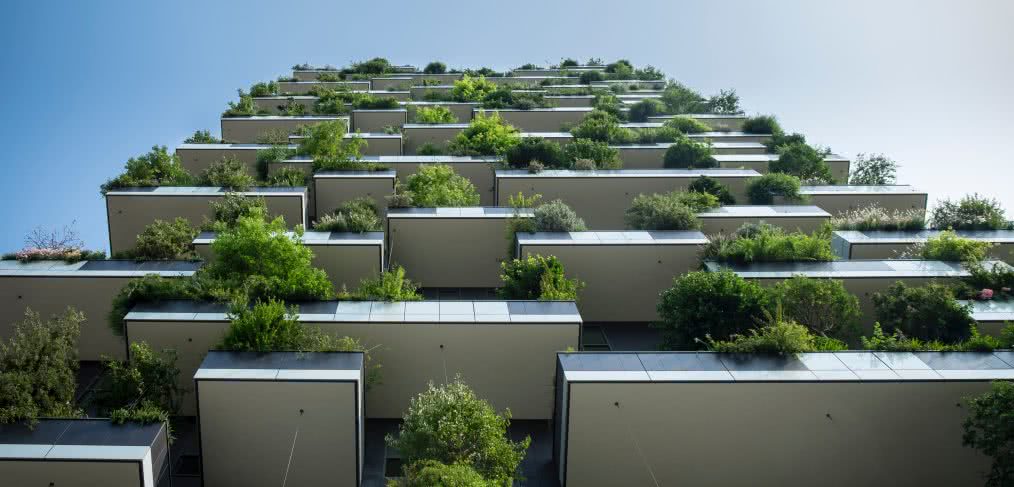
Learning the Language of Sustainability
How to wade through the alphabet soup that is sustainability acronyms.
Sustainable terms and acronyms seem to be multiplying by the day. In addition to LEED (Leadership in Energy Efficient Design), there are many other certification programs like WELL, 3Star, BREEAM, DGNB, Dubai GBRS, Estidama and SKArating that evaluate sustainability in different project types and regions.
And if all that alphabet soup isn’t enough, within those certification programs, designers need to also recognize Health Product Declarations (HPDs) and Environmental Product Declarations (EPDs) when developing a new, sustainable facility. As architects, it is our job to understand these certifications and their impact on our clients’ buildings.
LEED v4 dives deep into HPDs and EPDs, a category only slightly touched on by previous versions of LEED. HPDs are designed to complement EPDs. Both are important when determining indoor air quality and the effects buildings have on the environment. As architects, especially in healthcare, we need to request HPDs from our manufacturers.
Manufacturers are often hesitant to disclose this information for proprietary reasons, which is why there are certain standards in place that allow only the disclosure of chemicals that impact health. HPDs clarify what information is shared and what is not. This transparency helps designers choose the right material and best products. EPDs, in a life cycle assessment, show us the environmental impact a certain product or material will have. Assessments show us a material’s effect from acquisition and manufacturing to end of life and recycling.
It is our job to help owners make informed decisions regarding sustainability and help them rule out materials or products that won’t stand the test of time. Of course, that’s often easier said than done. Presenting owners with life cycle cost evaluations can be a good start; renewable products often have a higher upfront cost, but when the cost of maintenance and replacement is considered, these products usually save owners money in the long run. We need to advocate for sustainable materials, both for the life of our buildings and for the health of our users.
One example of this type of added value is using materials to help prevent HAIs, or Healthcare-Associated Infections, which are primarily caused by the devices used in invasive procedures. Clients often turn to traditional antimicrobial additives in an attempt to mitigate the spread of these infections, but some of them have actually been proven to release harmful chemicals over time and are not specifically included in the CDC’s guide for infection control. As designers, we can bring even more value to a project by recommending newer antimicrobial products that do not release harmful chemicals, thus making the built environment healthier and more sustainable.
In the near future, we hope to design healthcare facilities only with products that advance our ultimate goal of improving the health of our world. Requiring HPDs and EPDs from our manufacturers brings us closer, and with our clients’ and consultants’ help, we can improve the human and ecological health of the built environment.
